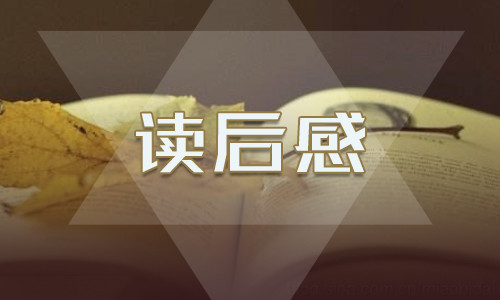大学思辨英语精读Unit-2-Sociological-Investigation参考答案
Unit 2Sociological Investigation
Text A
Preparatory Work (1)
Experiment: variable, hypothesis, stimulus, control group
Survey Research: sampling, questionnaire, interview, close-ended questions, open-ended questions, code sheet, telephone survey Field Research: observation, participant
Analysis of Existing Data: content analysis, statistics (2)
Hawthorne effect: The Hawthorne effect (also referred to as the observer effect) is a type of reactivity in which individuals modify or improve an aspect of their behavior in response to their awareness of being observed. The original research at the Hawthorne Works in Cicero, Illinois, on lighting changes and work structure changes such as working hours and break times were originally interpreted by Elton Mayo and others to mean that paying attention to overall worker needs would improve productivity. This interpretation was dubbed “the Hawthorne effect”. (3) (open)
Teaching Suggestion
You can use the data banks of the two international organizations to check out the world or any particular country’s information in terms of GDP, population, territory area, human development index etc.
The United Nations (http://www.un.org/en/) : data page: http://data.un.org/ The World Bank (http://www.worldbank.org/) : http://data.worldbank.org/
You can also use the website of the Statistical Bureau of China to check out any statistical information about China: http://www.stats.gov.cn/
Critical Reading
I. Understanding the text 1.
Thesis: How Sociology Is Done (Research methods/techniques employed in sociology) Part Para(s). Main idea I Introduction 1 Sociology as a science and its main research methods II How do you know what 2-9you know?
Authority, religion, tradition, personal and experience,
mysticism scientific methods III The experiment IV Survey research 10-14 V.S. 15-22 V Field research 23-29 VI Analysis of existing 30-36 data VII Conclusion 37 It is a research technique in which the researcher manipulates a stimulus to test theories of cause and effect. It is used and designed to study samples in order to measure attitudes, beliefs, values, personality traits, and behavior of participants. It is mostly resembles our daily casual observations of and participation in social behavior, as well as our attempt to understand such behavior. It’s a method in which sociologists analyze data originally collected by others Thesis repeated: Sociology is a science because it uses scientific research methods 2. (1) “common sense”: Common sense is a basic ability to perceive, understand, and judge things, which is shared by (“common to”) nearly all people and can reasonably be expected of nearly all people without any need for debate. However, many of the common sense beliefs are actually lacking in support from scientific evidences and therefore biased and prejudiced.
(2) Ordinary people often define their reality and what they know through authoritative opinions, traditional beliefs, personal experience, and mysticism (superstition). The major differences between this kind of “common sense” view knowledge and the results/facts identified through scientific methods are: the former are not based on logical reasoning and hard evidences and therefore tend to be subjective and biased while the latter are just opposite. (3) The three major components of the scientific method are theory, operationalization, and observation. Theory provides the foundation for concepts so that statements about the relationship among variables can be created. Operationalization allows for the measurement of the variables so that they may be empirically examined. And observation involves the actual collection of data to test the hypothesis. (4) Types of Social Content Phenomena 1. Meanings and symbols Aspects of culture such as norms, worldviews, and language








